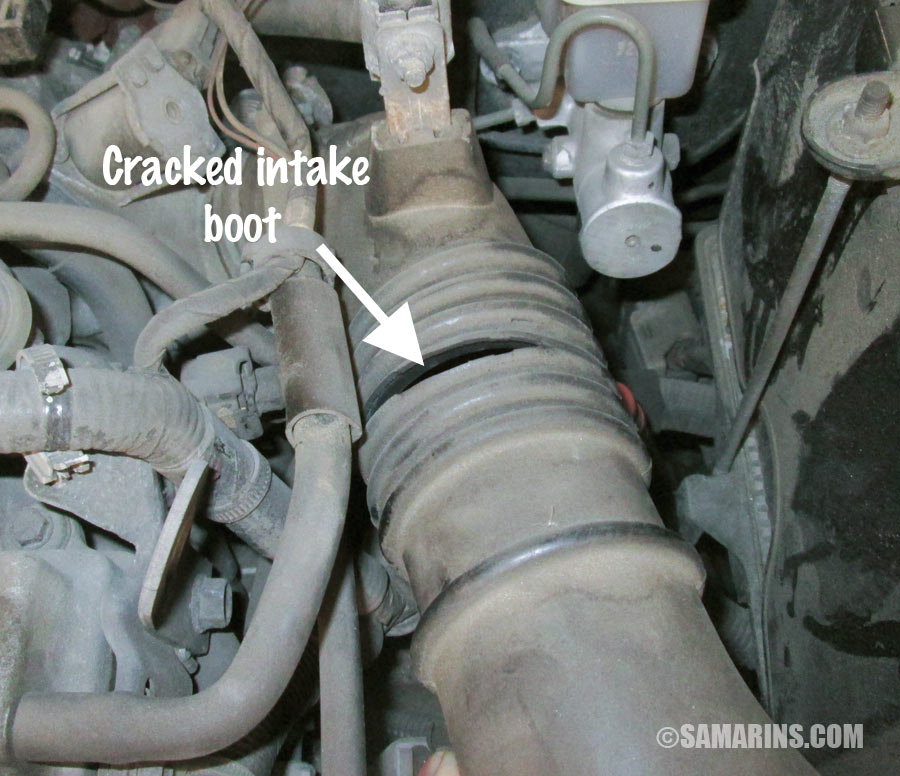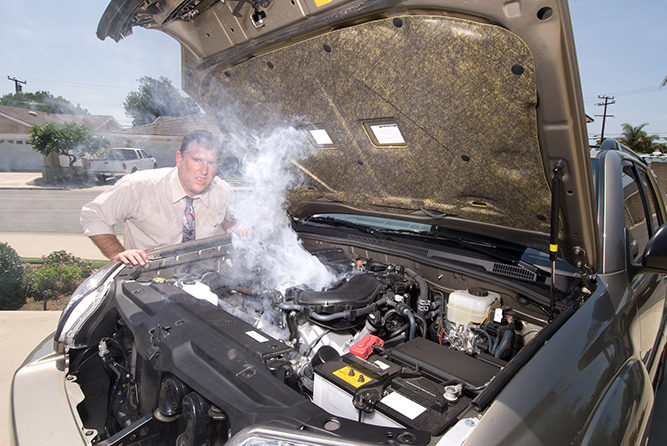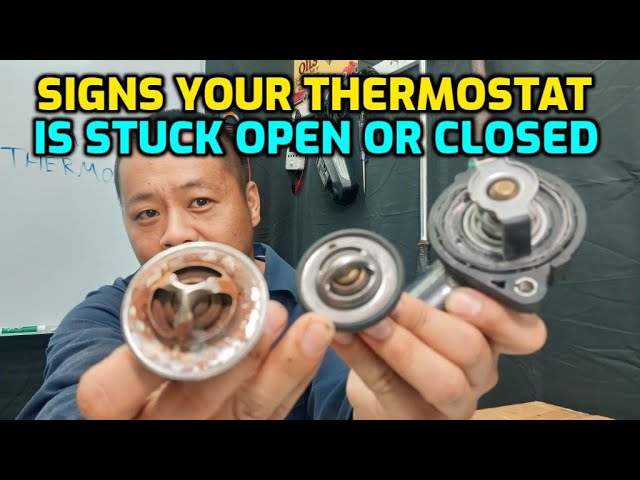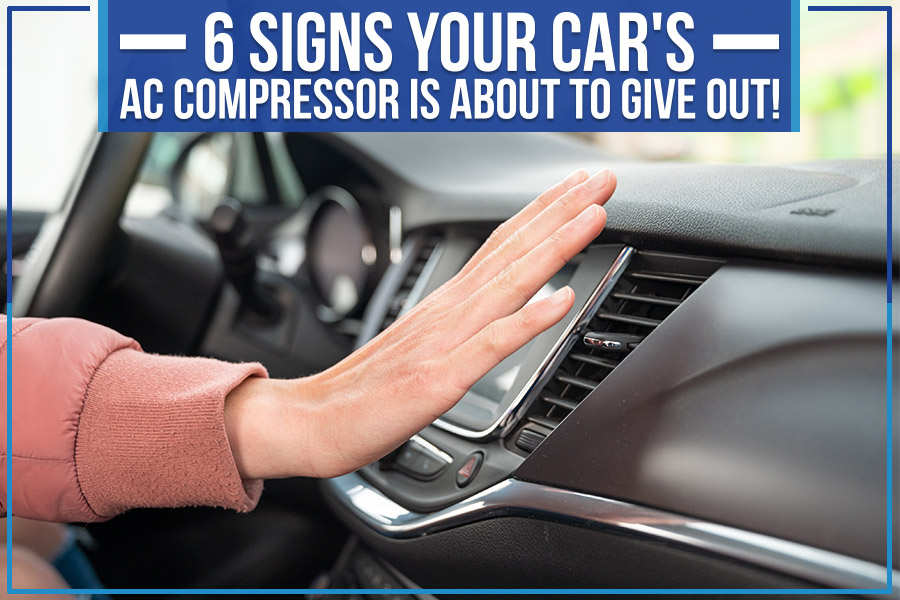Windshield Leaks When It Rains
Windshield leaks during rain often result from worn-out seals or improper installation. Identifying the leak source is crucial for effective repair.
Dealing with a leaking windshield can be both inconvenient and hazardous. Not only does it allow water to enter your vehicle, but it can also lead to further damage if ignored. To maintain a dry and safe interior, it’s important to address windshield leaks promptly.
Typically, these leaks are due to old or damaged weather stripping, or issues with the windshield’s adhesive bond. Common signs you may notice include water marks, dampness on the dashboard, or audible wind noises. Regular inspection and maintenance are key to preventing leaks, and a professional repair service can ensure a watertight seal to protect against future rain infiltration.
Windshield Leaks When It Rains: Causes
No one enjoys the dripping sound of a leaky windshield. It’s more than an annoyance; it can signal serious issues with your car. Understanding the underlying causes of windshield leaks is crucial. With the right knowledge, you can spot problems fast, potentially saving time and money on repairs. Let’s explore the common reasons why your windshield might be giving in to the rain.
Identifying Weak Seals
A steady flow of water inside your car during a downpour usually points to one culprit: faulty seals. Seals function as a barrier, but they can weaken. Routine checks for cracks or gaps are essential. Pay extra attention to the rubber seals around your windshield’s edges. They should be intact and snug against the glass.
Impact Of Temperature Changes
Shifts in temperature lead to expansion and contraction of your vehicle’s windshield. This continuous cycle can wreak havoc on the sealant, causing it to lose its grip. Cold weather might make the glass contract and leave tiny spaces for water to sneak in. Hotter weather, in turn, can make the glass expand and push against the seals too hard.
Wear And Tear Over Time
- Age of the car
- Exposure to elements such as sun and wind
- Past installations or replacements impacting seal integrity
Wear and tear is a natural process for any vehicle. As your car ages, so does every part of it, including the windshield. Regular maintenance is key to keeping those leaks at bay.
Signs And Symptoms Of A Leaky Windshield
Discovering a leak in your windshield can be a startling find. Often, the symptoms are subtle and may go unnoticed until a rainstorm. Knowing the signs can save you from future headaches and costly repairs. Keep an eye out for these common indicators of a windshield leak.
Visual Evidence Of Leaks
- Stains on the interior: Yellowish-brown stains around the windshield’s edges are signs of water seepage.
- Peeling or bubbling wallpaper: The adhesive around the windshield may fail, leading to wallpaper issues.
- Physical gaps: Gaps between the windshield glass and the frame can signal improper installation or sealant wear.
Audible Signs Of Water Intrusion
- Dripping sounds: When it’s raining, listen for the tell-tale drip that signifies water making its way in.
- Whistling wind: Unusual wind noise can indicate the infiltration points of air and water.
Odor And Moisture Indicators
- Moldy smell: A musty odor often emerges from accumulated moisture and mold growth.
- Damp upholstery: Feel the seats and dashboard for wetness after a rainstorm.
- Foggy interior: Excessive moisture inside the car can lead to a fogged-up cabin environment.
Diagnosing The Source Of The Leak
A pesky windshield leak during a downpour is a driver’s dread. Crucial to solving this is pinpointing the exact source. This section will guide you through methods to expose the culprit of the leak.
Water Hose Test
Simulate a rainstorm on your vehicle to spot leaks.
- Grab a water hose.
- Enlist a friend’s help.
- One stays inside the car.
- The other showers the car roof steadily.
- Watch for water trickling in.
Using Soapy Water To Reveal Leaks
Soapy water acts as a revealer of hidden leaks.
- Mix soap with water.
- Apply generously around the windshield.
- Look for bubbles to form.
- Where bubbles emerge, air (and water) can too.
Professional Diagnostic Tools
Sometimes, the leak stays unseen to the naked eye. In these cases, experts use special tools.
- UV dyes and glasses highlight leaky areas.
- Smoke machines push smoke into seals.
- Pressure testing gauges the seal strength.
These methods ensure not a single leaky spot goes unnoticed.

Credit: m.youtube.com
Diy Repair Vs. Professional Fix
Driving in the rain is tough. It gets worse with a leaky windshield. Water seeping into your car can damage the interior. So, should you fix it yourself or call an expert? The debate of DIY Repair vs. Professional Fix is on.
Advantages Of Diy Seal Repair
- Save Money: You avoid labor costs.
- Learn Skills: Gain valuable hands-on experience.
- Immediate Solution: No need to wait for an appointment.
- Convenience: Repair on your own schedule.
When To Seek Professional Help
Complex Leaks: If the leak source isn’t clear, pros might need to step in.
Safety Concerns: Professionals ensure a safe, secure seal.
Guarantees: Most professionals offer warranties on their work.
Expert Advice: They can suggest long-term solutions.
Cost-benefit Analysis
Compare costs to make a smart choice. Can you save enough doing it yourself?
| DIY Repair Costs | Professional Fix Costs | Long-Term Value |
|---|---|---|
| Sealant cost | Service fee | Durability: How long will the fix last? |
| Tools | Parts markup | Warranty: Cover any future issues? |
| Your Time | Convenience | Peace of Mind: Confidence in repair quality. |
Preventive Measures And Maintenance
Driving in the rain is tough enough without the worry of water seeping in through your windshield. Proper preventive measures and maintenance can spare you the hassle and the unexpected expenses. Shield your car from the drip-drip-drama with these easy-to-follow tips.
Regular Inspection Routines
It’s crucial to spot problems before they worsen. Inspect your windshield regularly, ideally every month, for any signs of wear or damage. Look closely at the edges where the glass meets the frame, as this is where leaks often start.
- Check for cracks or chips.
- Ensure the rubber seals are intact.
- Scan for any gaps or deteriorations.
Quality Sealants And Repairs
If you find a fault, act fast. Use only top-notch sealants to fix any issues. A temporary fix won’t do when it comes to leaks. For deep cracks or significant damage, consult a professional. They use special tools and materials that provide a lasting solution.
Weather Protection Strategies
Safeguard your windshield against harsh weather. Park indoors or under a cover when possible. If you must park outside, use a windshield cover to block rain and debris. Regular cleaning also prevents buildup that can intensify leaks.
| Weather Condition | Maintenance Tip |
|---|---|
| Heavy Rain | Apply water-repellent treatments. |
| Intense Sun | Use sunshades to minimize damage. |
| Snow | Install frost guards during winter. |

Credit: fnsautoglass.com
Long-term Consequences Of Ignoring Windshield Leaks
Ignoring a windshield leak might seem harmless at first. But, this issue can lead to serious problems over time. Here are key long-term consequences to watch out for:
Potential Damage To Car Interior
Constant water entry can wreak havoc inside a car. Over time, it can cause:
- Mold and mildew growth, which are not only unsightly but also pose health risks.
- Corrosion of metal parts, leading to costly repairs.
- Damage to the vehicle’s electronics, which may result in malfunctioning gadgets.
- Deterioration of upholstery and carpets, reducing the comfort and aesthetic of your car’s interior.
Safety Risks While Driving
Windshield leaks contribute to safety hazards. Compromised visibility and distracted driving are major concerns. Water can interfere with the driver’s view during heavy rain. This puts everyone in the car at risk. A weakened windshield also poses a risk in an accident. It may not support the roof as well.
Impact On Vehicle Resale Value
When you decide to sell your car, a leaky windshield can be a red flag for buyers. It suggests neglect and potential hidden damage. This perception can significantly lower your car’s resale value. To maintain your vehicle’s worth, address windshield leaks promptly.

Credit: m.youtube.com
Frequently Asked Questions Of Windshield Leaks When It Rains
Why Does My Windshield Leak When It Rains?
Water entering through a windshield typically indicates worn, damaged, or improperly installed seals. The rubber seal around the windshield, known as weatherstripping, ensures a watertight fit. If it’s degraded, rainwater can seep through, causing leaks.
How Can I Detect A Leak In My Windshield?
Perform a water test by gently spraying the exterior with a hose. Inside, look for water trickling down or accumulating. Check for dampness around the edges or on the dashboard, where leaks commonly occur. A musty smell can also signify moisture intrusion.
What Are Common Causes Of Windshield Leaks?
Common culprits include deteriorated weatherstripping, a windshield that wasn’t installed properly, or a recent accident that damaged the seal. Aging of the vehicle can cause the materials to shrink and allow water to seep through.
Can I Fix A Leaking Windshield Myself?
Small leaks can sometimes be fixed with sealant or weatherproofing tape. Thoroughly clean the area and apply the product as directed. However, for larger issues or proper sealing, it is recommended to seek a professional auto glass technician.
Conclusion
Battling with a leaky windshield is frustrating, especially during a downpour. Armed with the knowledge from this post, you can address the issue confidently and effectively. Regular maintenance and timely repairs keep your car dry and secure. Don’t let the next rain catch you off guard—ensure your windshield is leak-free today.





